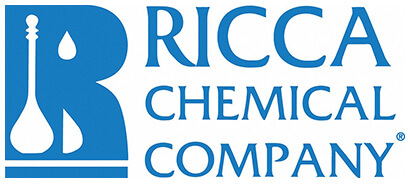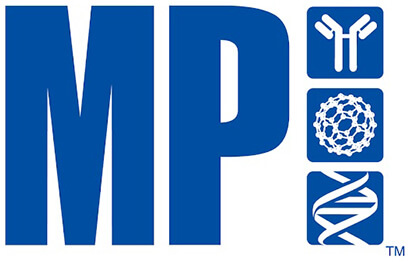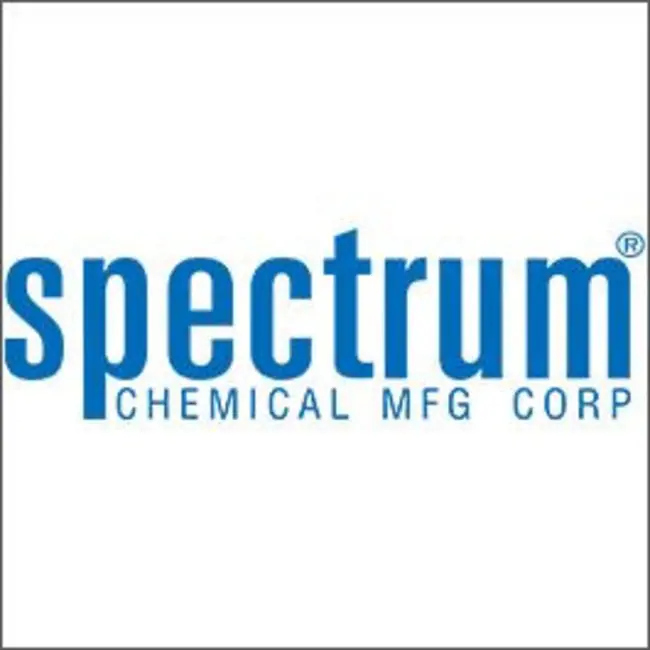Ambient
Showing 91351–91400 of 146505 results
-
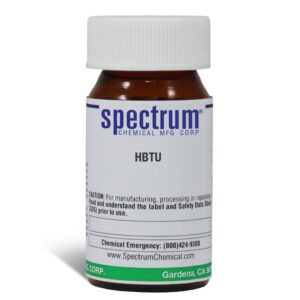
HBTU
$108.11 Add to cart View Product DetailsHBTU
-
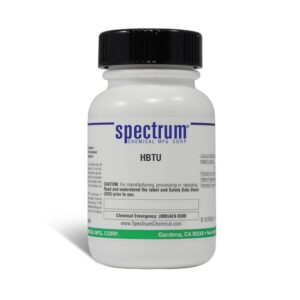
HBTU
$407.18 Add to cart View Product DetailsHBTU
-
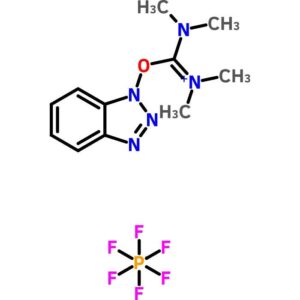
HBTU
$1,299.68 Add to cart View Product DetailsHBTU
-

HBTU
$14,737.41 Add to cart View Product DetailsHBTU
-

HBTU
$62,692.02 Add to cart View Product DetailsHBTU
-
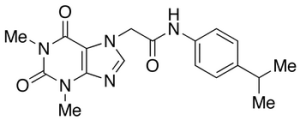
HC 030031
$55.20 Add to cart View Product DetailsMolecular Formula : C18 H21 N5 O3
-

HC 030031
$276.86 Add to cart View Product DetailsMolecular Formula : C18 H21 N5 O3
-

HCG (46H8), mAb, Mouse
$215.63 Add to cart View Product DetailsHuman chorionic gonadotropin (HCG) is a polypeptide hormone produced by the human placenta. HCG is a heterodimer, composed of an alpha and a beta subunit. The level of HCG is elevated in the serum of pregnant women. It is a useful marker for diagnosis of pregnancy.
-

HCG (46H8), mAb, Mouse
$2,070.00 Add to cart View Product DetailsHuman chorionic gonadotropin (HCG) is a polypeptide hormone produced by the human placenta. HCG is a heterodimer, composed of an alpha and a beta subunit. The level of HCG is elevated in the serum of pregnant women. It is a useful marker for diagnosis of pregnancy.
-
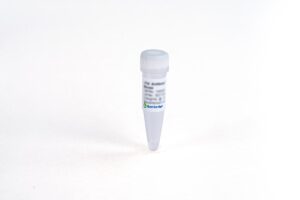
HCG (46H8), mAb, Mouse
$15,525.00 Add to cart View Product DetailsHuman chorionic gonadotropin (HCG) is a polypeptide hormone produced by the human placenta. HCG is a heterodimer, composed of an alpha and a beta subunit. The level of HCG is elevated in the serum of pregnant women. It is a useful marker for diagnosis of pregnancy.
-

HCG (5A8), mAb, Mouse
$73.87 Add to cart View Product DetailsHuman chorionic gonadotropin (HCG) is a polypeptide hormone produced by the human placenta. HCG is a heterodimer, composed of an alpha and a beta subunit. The level of HCG is elevated in the serum of pregnant women. It is a useful marker for diagnosis of pregnancy.
-

HCG (5A8), mAb, Mouse
$638.25 Add to cart View Product DetailsHuman chorionic gonadotropin (HCG) is a polypeptide hormone produced by the human placenta. HCG is a heterodimer, composed of an alpha and a beta subunit. The level of HCG is elevated in the serum of pregnant women. It is a useful marker for diagnosis of pregnancy.
-
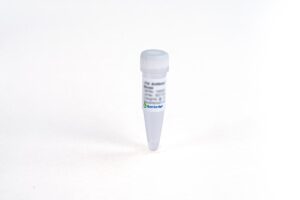
HCG (5A8), mAb, Mouse
$5,433.75 Add to cart View Product DetailsHuman chorionic gonadotropin (HCG) is a polypeptide hormone produced by the human placenta. HCG is a heterodimer, composed of an alpha and a beta subunit. The level of HCG is elevated in the serum of pregnant women. It is a useful marker for diagnosis of pregnancy.
-
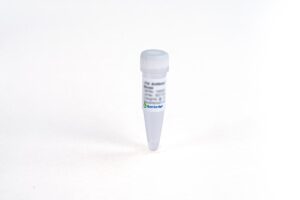
HCG (5B8), mAb, Mouse
$72.42 Add to cart View Product DetailsHuman chorionic gonadotropin (HCG) is a polypeptide hormone produced by the human placenta. HCG is a heterodimer, composed of an alpha and a beta subunit. The level of HCG is elevated in the serum of pregnant women. It is a useful marker for diagnosis of pregnancy.
-

HCG (5B8), mAb, Mouse
$638.25 Add to cart View Product DetailsHuman chorionic gonadotropin (HCG) is a polypeptide hormone produced by the human placenta. HCG is a heterodimer, composed of an alpha and a beta subunit. The level of HCG is elevated in the serum of pregnant women. It is a useful marker for diagnosis of pregnancy.
-

HCG (5B8), mAb, Mouse
$5,433.75 Add to cart View Product DetailsHuman chorionic gonadotropin (HCG) is a polypeptide hormone produced by the human placenta. HCG is a heterodimer, composed of an alpha and a beta subunit. The level of HCG is elevated in the serum of pregnant women. It is a useful marker for diagnosis of pregnancy.
-

HCV Antibody (29D), mAb, Mouse
$398.48 Add to cart View Product DetailsHepatitis
C virus (HCV) is a one kind of single-stranded RNA virus. It can causes liver
damage. The HCV capsid is formed by polymerization of the HCV Core Antigen (HCV
Ag). It was reported that HCV Ag could be used to diagnose active HCV infection. -

HCV Antibody (29D), mAb, Mouse
$3,980.44 Add to cart View Product DetailsHepatitis
C virus (HCV) is a one kind of single-stranded RNA virus. It can causes liver
damage. The HCV capsid is formed by polymerization of the HCV Core Antigen (HCV
Ag). It was reported that HCV Ag could be used to diagnose active HCV infection. -
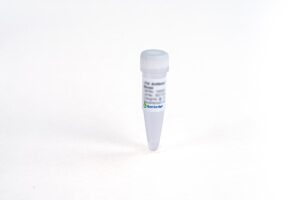
HCV Antibody (29D), mAb, Mouse
$33,836.74 Add to cart View Product DetailsHepatitis
C virus (HCV) is a one kind of single-stranded RNA virus. It can causes liver
damage. The HCV capsid is formed by polymerization of the HCV Core Antigen (HCV
Ag). It was reported that HCV Ag could be used to diagnose active HCV infection. -

HCV Antibody (45F4), human chimeric Antibody
$398.48 Add to cart View Product DetailsHepatitis
C virus (HCV) is a one kind of single-stranded RNA virus. It can causes liver
damage. The HCV capsid is formed by polymerization of the HCV Core Antigen (HCV
Ag). It was reported that HCV Ag could be used to diagnose active HCV infection. -

HCV Antibody (45F4), human chimeric Antibody
$3,980.44 Add to cart View Product DetailsHepatitis
C virus (HCV) is a one kind of single-stranded RNA virus. It can causes liver
damage. The HCV capsid is formed by polymerization of the HCV Core Antigen (HCV
Ag). It was reported that HCV Ag could be used to diagnose active HCV infection. -
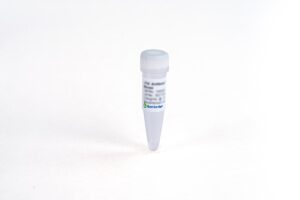
HCV Antibody (45F4), human chimeric Antibody
$33,836.74 Add to cart View Product DetailsHepatitis
C virus (HCV) is a one kind of single-stranded RNA virus. It can causes liver
damage. The HCV capsid is formed by polymerization of the HCV Core Antigen (HCV
Ag). It was reported that HCV Ag could be used to diagnose active HCV infection. -
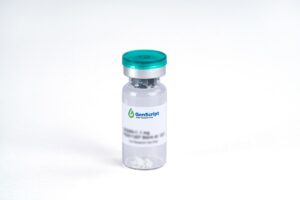
Heat Stable FGF-basic, Human
$2,173.50 Add to cart View Product DetailsHeat Stable FGF-basic, Human is a pleiotropic cytokine and one of the prototypic members of the heparin-binding FGF family. Like other FGF family members, FGF-basic has the β trefoil structure. In vivo, FGF-basic is produced by a variety of cells, including cardiomyocytes, fibroblasts, and vascular cells. FGF-basic regulates a variety of processes including cell proliferation, differentiation, survival, adhesion, motility, apoptosis, limb formation and wound healing. FGF-basic can be tumorigenic due to its role in angiogenesis and blood vessel remodeling. The angiogenic effects of FGF-basic can produce beneficial cardioprotection during acute heart injury.
-
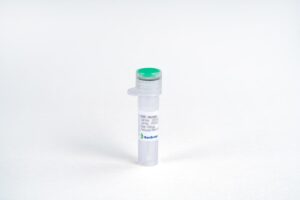
Heat Stable FGF-basic, Human
$86.25 Add to cart View Product DetailsHeat Stable FGF-basic, Human is a pleiotropic cytokine and one of the prototypic members of the heparin-binding FGF family. Like other FGF family members, FGF-basic has the β trefoil structure. In vivo, FGF-basic is produced by a variety of cells, including cardiomyocytes, fibroblasts, and vascular cells. FGF-basic regulates a variety of processes including cell proliferation, differentiation, survival, adhesion, motility, apoptosis, limb formation and wound healing. FGF-basic can be tumorigenic due to its role in angiogenesis and blood vessel remodeling. The angiogenic effects of FGF-basic can produce beneficial cardioprotection during acute heart injury.
-

Heat Stable FGF-basic, Human
$314.81 Add to cart View Product DetailsHeat Stable FGF-basic, Human is a pleiotropic cytokine and one of the prototypic members of the heparin-binding FGF family. Like other FGF family members, FGF-basic has the β trefoil structure. In vivo, FGF-basic is produced by a variety of cells, including cardiomyocytes, fibroblasts, and vascular cells. FGF-basic regulates a variety of processes including cell proliferation, differentiation, survival, adhesion, motility, apoptosis, limb formation and wound healing. FGF-basic can be tumorigenic due to its role in angiogenesis and blood vessel remodeling. The angiogenic effects of FGF-basic can produce beneficial cardioprotection during acute heart injury.
-
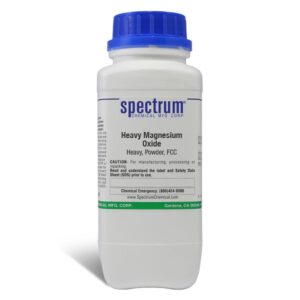
Heavy Magnesium Oxide, Heavy, Powder, FCC
$145.88 Add to cart View Product DetailsHeavy Magnesium Oxide, Heavy, Powder, FCC
-
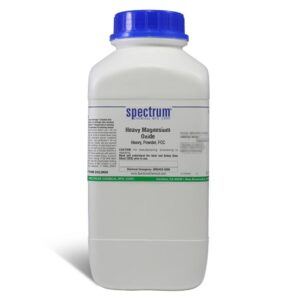
Heavy Magnesium Oxide, Heavy, Powder, FCC
$594.17 Add to cart View Product DetailsHeavy Magnesium Oxide, Heavy, Powder, FCC
-
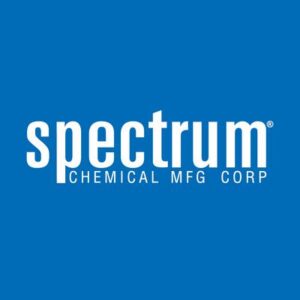
Heavy Magnesium Oxide, Heavy, Powder, FCC
$1,294.23 Add to cart View Product DetailsHeavy Magnesium Oxide, Heavy, Powder, FCC
-

Heavy Magnesium Oxide, Heavy, Powder, FCC
$2,246.72 Add to cart View Product DetailsHeavy Magnesium Oxide, Heavy, Powder, FCC
-
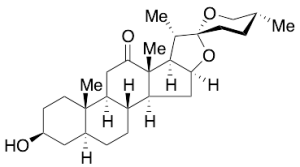
Hecogenin (>80%)
$125.93 Add to cart View Product DetailsMolecular Formula : C27 H42 O4
-

Hecogenin (>80%)
$529.58 Add to cart View Product DetailsMolecular Formula : C27 H42 O4
-

Hecogenin (>80%)
$2,097.60 Add to cart View Product DetailsMolecular Formula : C27 H42 O4
-

Hecogenin Acetate, 90%
$144.04 Add to cart View Product DetailsMolecular Formula : C29H44O5
-

Hecogenin Acetate, 90%
$302.74 Add to cart View Product DetailsMolecular Formula : C29H44O5
-

Hecogenin Acetate, 90%
$489.04 Add to cart View Product DetailsMolecular Formula : C29H44O5
-
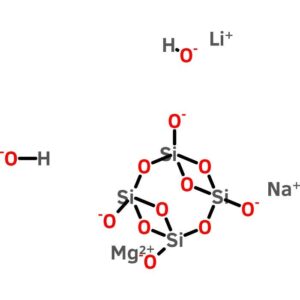
Hectorite
$151.17 Add to cart View Product DetailsHectorite
-

Hectorite
$590.21 Add to cart View Product DetailsHectorite
-

Hederacoside C
$68.14 Add to cart View Product DetailsMolecular Formula : C59 H96 O26
-

Hederacoside C
$102.64 Add to cart View Product DetailsMolecular Formula : C59 H96 O26
-

Hederacoside C
$452.81 Add to cart View Product DetailsMolecular Formula : C59 H96 O26
-

Hederagenin
$92.29 Add to cart View Product DetailsMolecular Formula : C30 H48 O4
-

Hederagenin
$158.70 Add to cart View Product DetailsMolecular Formula : C30 H48 O4
-

Hederagenin
$345.86 Add to cart View Product DetailsMolecular Formula : C30 H48 O4
-

HEGSTED SALT MIXTURE
$117.58 Add to cart View Product DetailsHEGSTED SALT MIXTURE
-

HEGSTED SALT MIXTURE
$441.52 Add to cart View Product DetailsHEGSTED SALT MIXTURE
-

HEGSTED SALT MIXTURE
$2,114.74 Add to cart View Product DetailsHEGSTED SALT MIXTURE
-

HEK293/5-HT2C Stable Cell Line
$7,331.25 Add to cart View Product Details5-Hydroxytryptamine (5-HT, also commonly known as serotonin) is synthesized in enterochromaffin cells in the intestine and in serotonergic nerve terminals. In the periphery, 5-HT mediates gastrointestinal motility, platelet aggregation, and contraction of blood vessels. Many functions of the central nervous system are influenced by 5-HT, including sleep, motor activity, sensory perception, arousal, and appetite. A family of 12 GPCRs and one ion channel mediate the biological effects of 5-HT (Hoyer et al., 1994). 5HT2C is expressed in the brain and spinal cord, especially the choroid plexus. 5HT2C receptor agonists may have important clinical value in the treatment of mental and eating disorders, such as depression, panic anxiety, OCD, bulimia, and obesity. GenScript’s cloned human 5-HT2C expressing cell line is generated in the CHO-K1 host.
-

HEK293/ACE2 Stable Cell Line
$6,468.75 Add to cart View Product DetailsRecombinant HEK293 cells stably express Angiotensin-converting enzyme 2 (ACE2) on the cell surface. The surface expression of ACE2 is validated by FACS analysis. This stable cell line product is designed for cell-based binding assays that measure the binding affinity and stability of antibody based biologics binding with ACE2, and can be utilized for SARS-Cov-2 pseudovirus neutralization assay for screening neutralizing antibodies.
-

HEK293/AT1 Stable Cell Line
$7,331.25 Add to cart View Product DetailsAngiotensin receptor 1 (AT1 receptor) is a member of angiotensin receptors which are responsible for the signal transduction of the main effecter hormone. Effects mediated by the AT1 receptor include vasoconstriction, aldosterone synthesis and secretion, increased vasopressin secretion, cardiac hypertrophy, augmentation of peripheral noradrenergic activity, vascular smooth muscle cells proliferation, decreased renal blood flow, renal renin inhibition, renal tubular sodium reuptake, modulation of central sympathetic nervous system activity, cardiac contractility, central osmocontrol and extracellular matrix formation.
-

HEK293/CLDN18.2 Stable Cell Line
$7,331.25 Add to cart View Product DetailsClaudins are a family of proteins, which play a role in maintaining tight cell junctions. Differentclaudin subtypes are expressed on different tissues.Claudin18 isoform 2 (CLDN18.2) expressionin normal tissues is restricted to cells of the gastric mucosa and is absent from other healthytissues However, CLDN 18.2 is expressed in 70% of primary gastric adenocarcinomas and itsmetastases (101). It has also beenshown to be expressed in a number of other cancers,including pancreatic (50%), esophagus (30%) and NSCLC (25%)The restricted expressionmakes it a potential drug target for the treatment of gastric and pancreatic adenocarcinoma, asevidenced by effortsto target CLDN18.2 via naked antibody and CAR-T modalities.
* The mycoplasma test was
performed with MycoAlert™ PLUS Mycoplasma Detection Kit of Lonza.


